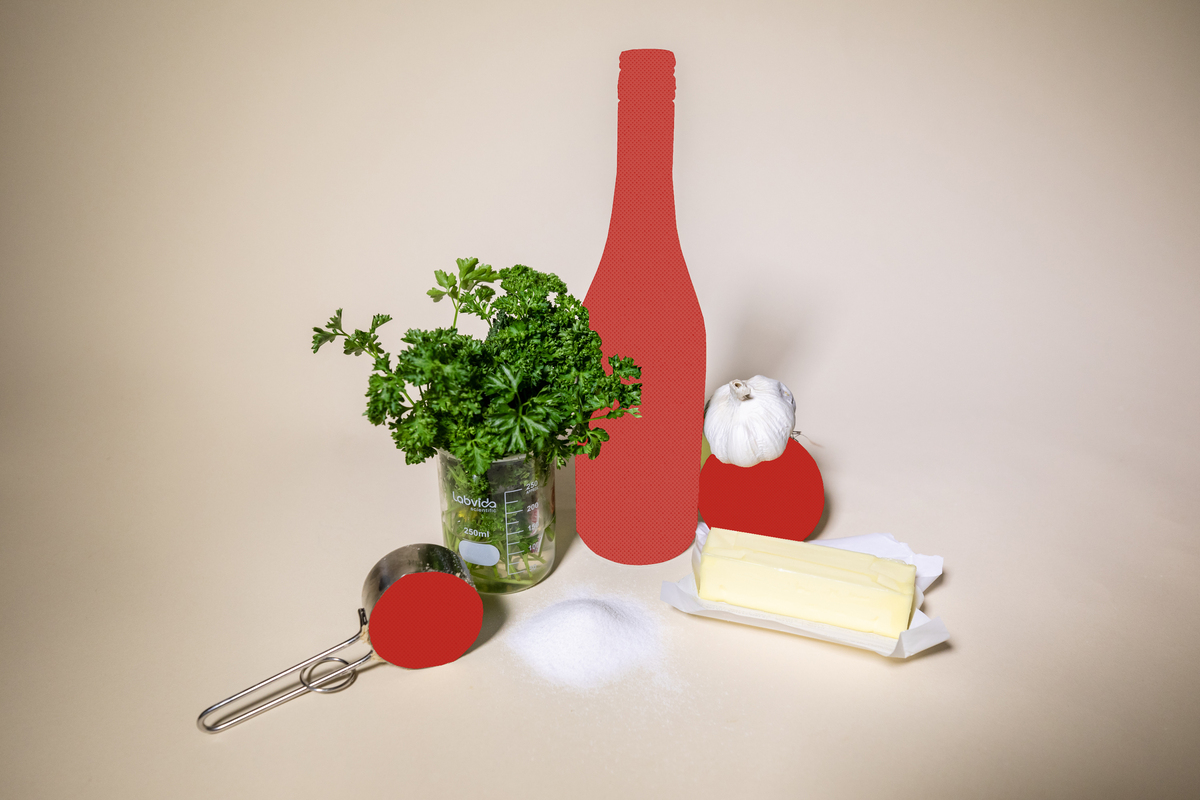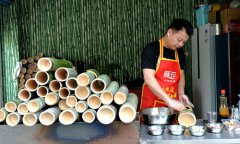
Enlarge this image
Photo Illustration by Becky Harlan/NPR
Photo Illustration by Becky Harlan/NPR
Have you ever been in the middle of cooking dinner when you suddenly realize that you don't actually have all the ingredients the recipe calls for?
This happens to me all the time. Sometimes, I don't even try to get all the ingredients in a recipe, because my spice shelf is jam-packed, my counter doesn't need another type of vinegar and I definitely have to use up that box of cremini mushrooms before they go bad. Instead, I swap out ingredients based on what I've got on hand, or if I'm cooking for someone with dietary restrictions or allergies.
It's taken years to get comfortable improvising in the kitchen, and I still do plenty of Googling to get ideas of what I can swap out. But learning what makes up flavor, knowing my palate and getting comfortable with taking risks have been key to unlocking how to substitute while cooking – and it's made cooking a lot more fun.
Here are some tips to help you get there, too.

Hide caption
If you're out of fresh herbs like dill, thyme, oregano, rosemary or parsley, try subbing in their dried counterparts. Start with 1/4 the amount called for in the recipe when subbing in dried herbs as they are about three times stronger than fresh.
Previous Next
Photo Illustration by Becky Harlan/NPR

Hide caption
If you're cutting butter from a recipe, you can sub in different oils like coconut oil, olive oil, canola or sunflower oil at a 1:1 ratio. Typically oils work best when butter is called for at the beginning of a dish to saute with. Milks like whole milk, heavy whipping cream or plant-based milk can be used as a butter substitute when butter is called for at the end of a dish, to add texture.
Previous Next
Photo Illustration by Becky Harlan/NPR

Hide caption









